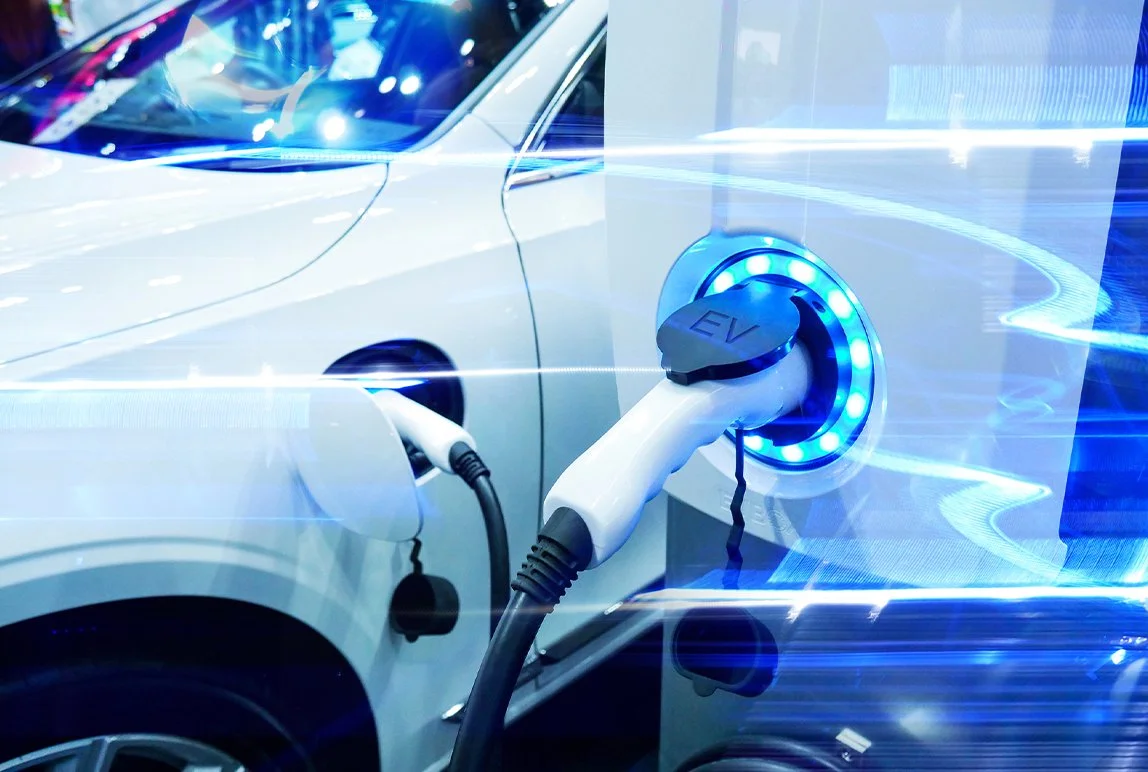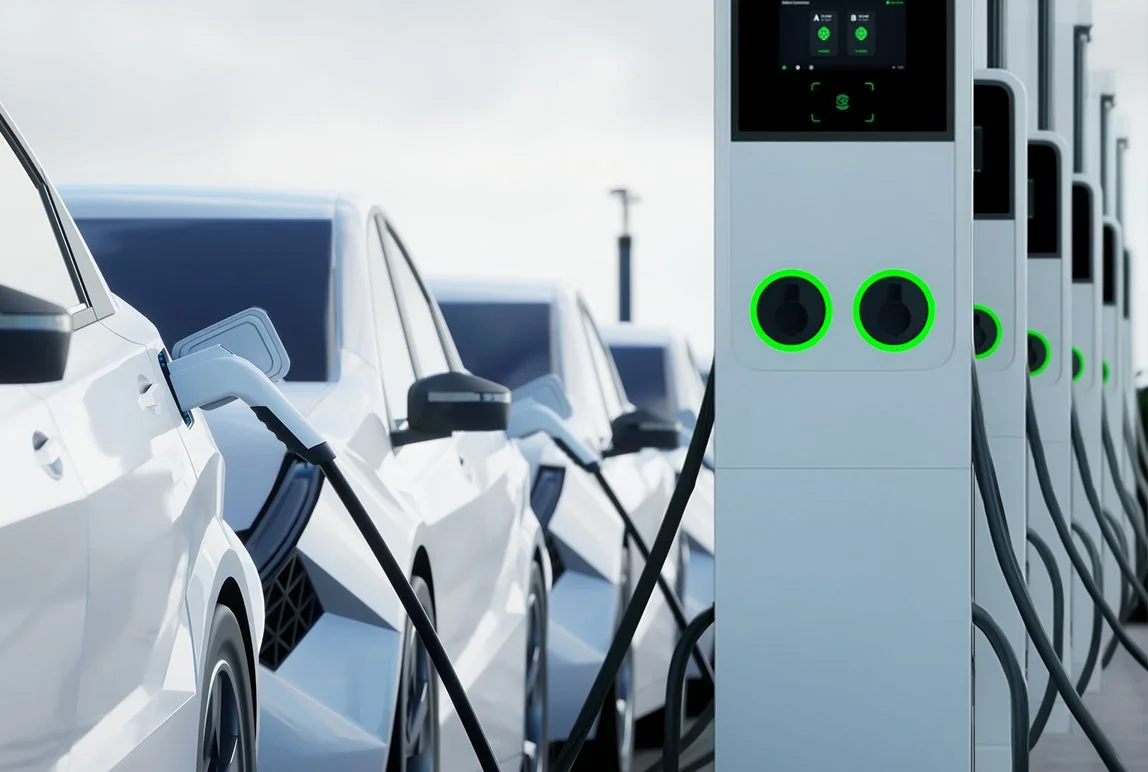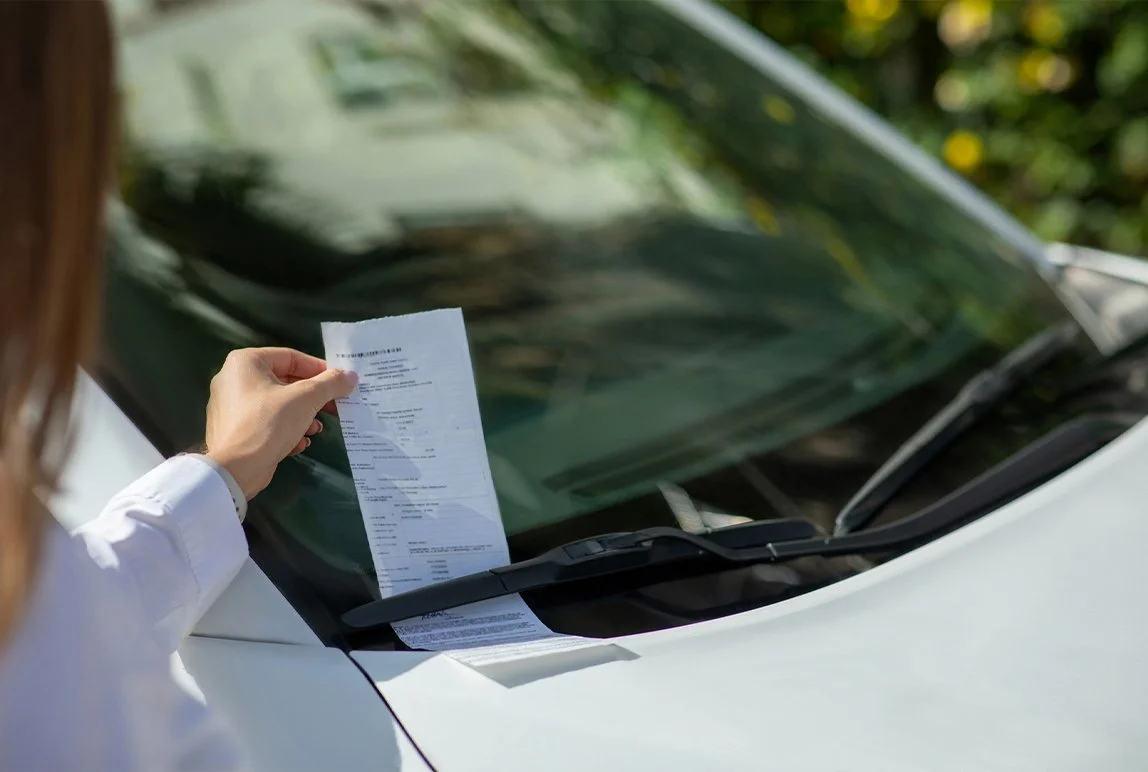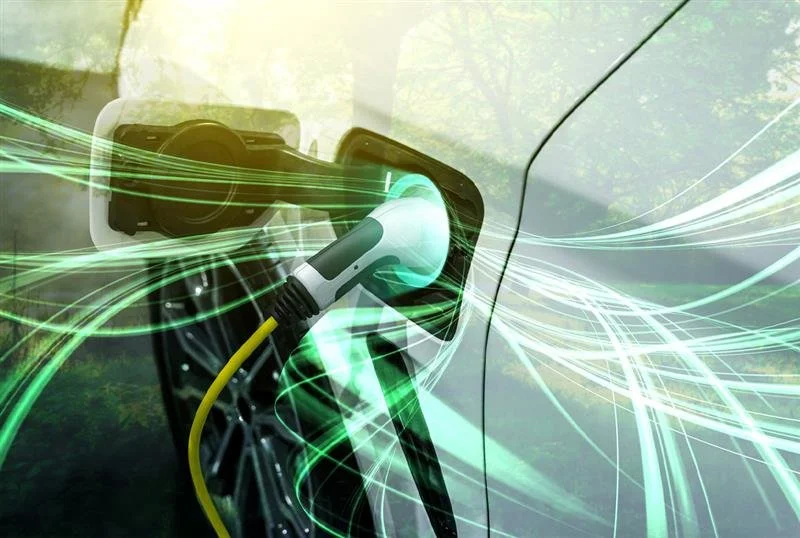What is the Difference Between AC and DC Charging?
Posted: Aug, 11, 2025 11:27 AM ET • 3.4 min read
EV charging is rapidly gaining traction as more drivers shift to electric vehicles. With EVs expected to dominate new car sales in the near future, it’s essential for businesses to understand the fundamentals; especially when it comes to selecting the right charging infrastructure. This article breaks down the key differences between AC and DC charging, where each is most effective, and what that means for your parking operation.
Understanding AC vs. DC Charging
Electric vehicles can charge using either alternating current (AC) or direct current (DC). Level 1 and Level 2 charging stations rely on AC power from the grid, which is then converted to DC by the vehicle’s onboard charger to power the battery. This method is slower but ideal for locations where vehicles remain parked for longer periods.
In contrast, DC fast charging delivers power that’s already been converted, bypassing the onboard charger entirely. This results in much faster charging, but with higher costs and more complex installation. DC charging is ideal for high-traffic locations where speed is essential, such as highway rest stops or fleet depots. For businesses considering EV chargers, understanding the differences between AC and DC systems is critical. The right solution depends on how long vehicles typically stay parked and how quickly they need to get back on the road.
Choosing the Right Charging Setup for Your Operation
Not every charging solution is a one size fits all. It comes down to your operation’s traffic patterns, dwell times, and user expectations.
Level 1 charging uses a standard household outlet and delivers a few kilometers of range per hour. It’s best suited for plug-in hybrids, overnight charging, or as a backup solution.
Level 2 charging is more efficient, making it ideal for workplaces, residential complexes, and public parking areas where vehicles are parked for extended periods. It strikes the right balance between speed and cost for most commercial uses.
DC fast charging offers the highest speed, delivering a substantial range in minutes. While it comes with higher installation and operational costs, it’s essential for applications requiring quick turnaround, like EV fleets, travel corridors, or retail locations with high customer turnover.
A combination of Level 2 and DC fast charging can provide comprehensive coverage for daily needs and peak demand situations. Always assess your site’s power capacity, traffic flow, and usage patterns before making a decision, and opt for networked chargers to gain visibility, control, and scalability.
The choice between AC and DC charging isn’t about picking one over the other— it’s about using the right tool for the right job. A blended approach ensures broad coverage, enhances the EV driver experience, and maximizes your return on investment. As EV adoption accelerates, the most successful operations will be those that implement smart, scalable charging solutions tailored to their customers’ real-world needs.
References
Lereno, E. (2023, December 19). A comprehensive guide to finding the perfect smart EV charging solution for your business. Parking Industry. https://www.parkingindustry.ca/parking-technology/a-comprehensive-guide-to-finding-the-perfect-smart-ev-charging-solution-for-your-business?rq=dc+charging
Loewenthal, B. (2022, March 18). DC fast charging: How businesses can benefit. Parking Industry. https://www.parkingindustry.ca/feature-articles/dc-fast-charging-how-businesses-can-benefit?rq=AC+CHARGING
Sgorlon, A. (2025, March 5). Ev insights: Finding the Right Electric Vehicle Charging Station for your parking operation. Parking Industry. https://www.parkingindustry.ca/parking-technology/ev-insights-finding-the-right-electric-vehicle-charging-station-for-your-parking-operation?rq=DC+CHARGING
Share Article:
Featured Articles
ABOUT THE AUTHOR
Justin Powell
Regional President, Western Canada
Justin was already an experienced professional in the parking industry when he joined Precise ParkLink in 2005. He has a particular expertise in the areas of valet parking, parking lot management, and equipment sales, installation, and service. This experience and his commitment to serving his clients have not only made him a well respected figure in the Canadian parking industry but have contributed significantly to the growth of Precise ParkLink’s representation in British Columbia. Having studied business management at the British Columbia Institute of Technology, Justin takes the time to understand the industry and the market he serves; he is an active member of the Canadian Parking Association (CPA), Canadian Transportation Group (sitting member), Building Owners and Managers Association (BOMA), and The Downtown Vancouver Association (DVA).
Questions?
Fill out the form below and we will do our best to connect you with a suitable contact.












